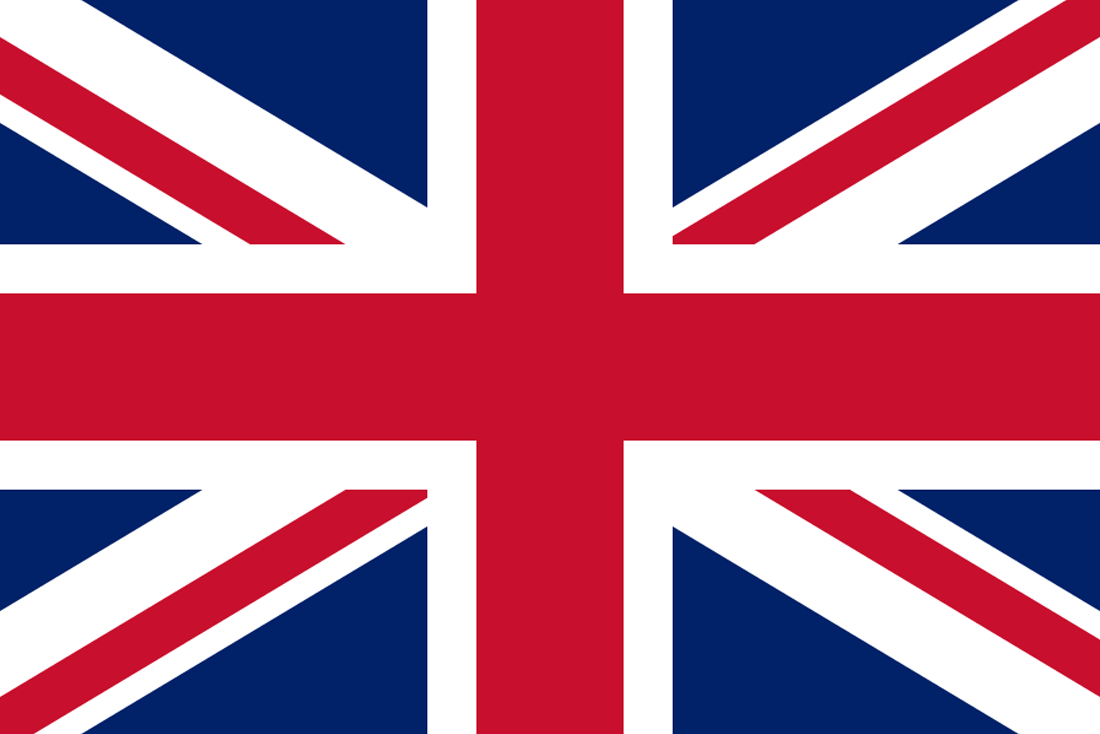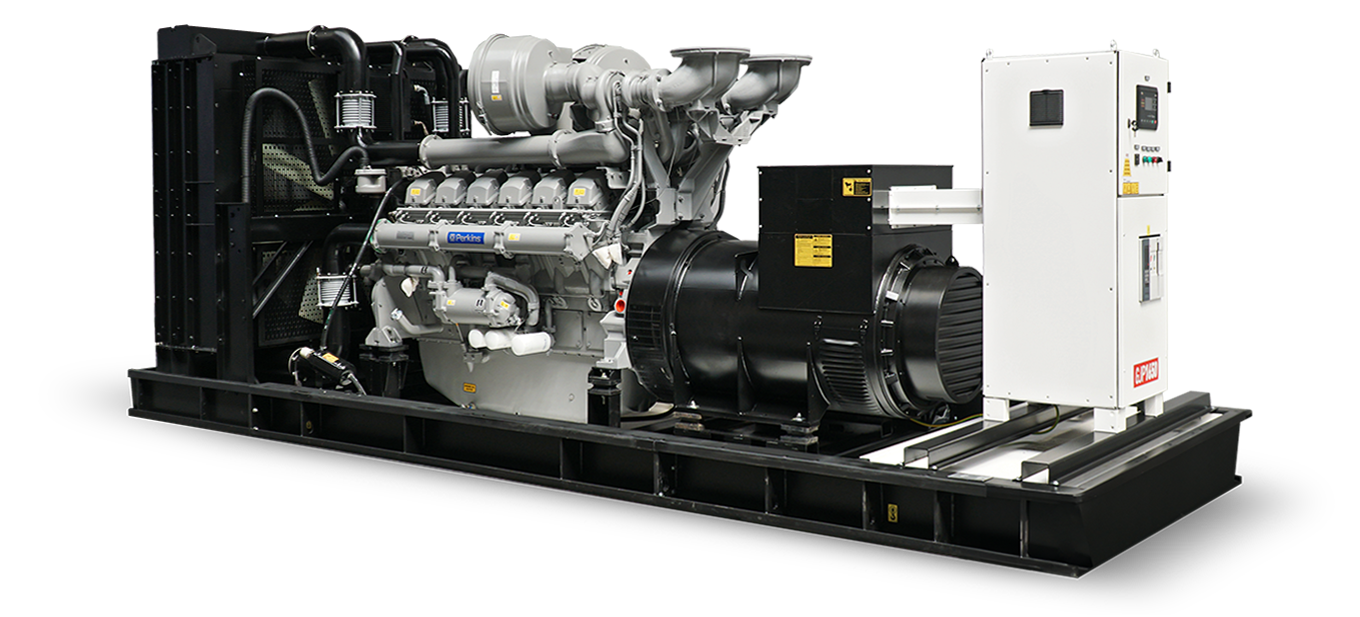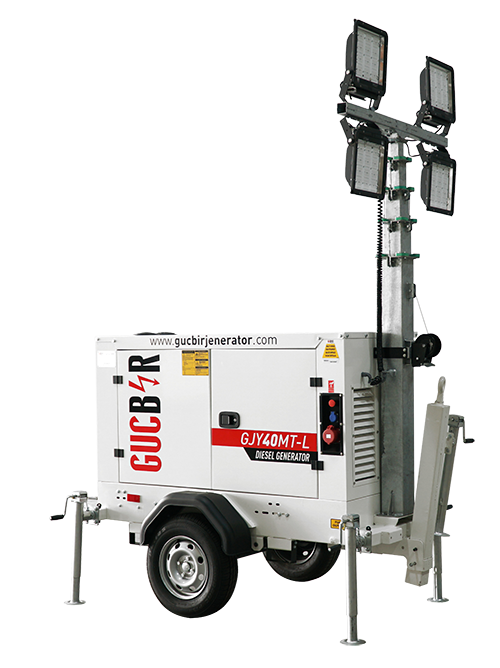How much power should your generator set have?
To determine how much power your generator set needs, you must know not only the nominal power of the equipment that will operate at the same time, but also the peak power consumption (impurity current), especially at first start-up.
For example, an electric motor can consume up to three times its rated power when starting up. The generator set you will purchase must be able to provide the peak power consumed by all equipment that needs to operate at the same time.
For resistive equipment (lighting, television, small electrical appliances, etc.) a safety factor of 30% should be added when determining the power of the generator set. For inductive equipment (i.e. electric motors), their rated power should be multiplied by 3 to account for peak consumption. For generator sets providing a three-phase power supply, power is specified in kilo-volt-amperes (kVA): this is called apparent power.
For those providing direct current or single-phase power, the power is stated in kW: this is called active power. The difference between kVA and kW comes from the phase shift between each phase. This phase shift is called cos φ (cosine phi). To get the active power of a generator set for which you know the apparent power and the cos φ value, multiply these two values, for example: 1 kVA x 0.8 = 800 W (as a general rule, generator sets have a cos φ of 0.8).
Generally, generator set manufacturers specify continuous power and maximum power corresponding to an overload of approximately 10% of continuous power for a limited period of time. This maximum power is also called Standby power.







